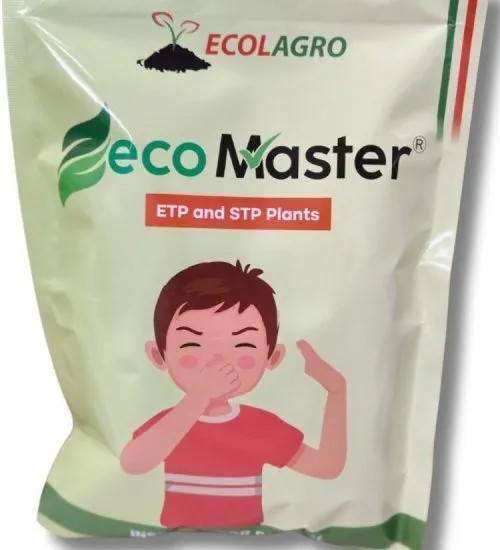Best Bioculture of India :Do you know about it ?
India is one of the most diverse countries in the world, with a vast range of cultures and religions. This diversity has led to the development of a number of biocultures, which are unique ways of living that have been developed by different groups of people. In this article, we will discuss some of the best bioculture of India and how they can benefit you!
India is one of the most diverse countries in the world, with people from all corners of the globe living there. This has led to a profusion of cultures, and as a result, Indian cuisine is a feast for the senses. From savory to sweet, spicy to mild, there’s something for everyone to love in Indian food.
What is Bioculture? How it will solve sewage problem ?
Best bioculture of India is a holistic approach to agriculture and sustainability that incorporates the use of biological processes, such as composting, in order to improve soil health, increase yields, protect water resources and reduce pollution. It has been increasingly popular in recent years as an alternative to conventional agriculture and has the potential to solve a number of environmental problems, including sewage treatment.
Bioculture is a technique of managing natural ecosystems and their components with an emphasis on promoting sustainable practices. It is the practice of intentionally creating and maintaining sustainable biological systems. Best bioculture of India can be used to manage sewage, conserve biodiversity, and improve food production.
The Types of Bioculture : STP & ETP
The best bioculture of India is diverse and complex. There are many different types of biocultures in India, ranging from traditional to modern. The traditional bioculture in India is based on agriculture and animal husbandry. Many Indian farmers still practice traditional methods of agriculture, such as crop rotation, use of composts, and use of natural fertilizers. They also raise livestock, such as cows, sheep, and buffalo. Some people in India also produce fruits and vegetables using traditional methods.
The modern best bioculture of India is based on scientific principles. Scientists in India have developed new techniques for farming, such as using pesticides and fertilizers without damaging the environment. They have also developed new methods for preserving food, such as canning and freezing. Modern biocultures in India are also based on new uses for plants and animals. For example, scientists in India have developed vaccines for horses and chickens using duck eggs as a base.
There are many different types of bioculture in India, ranging from traditional to modern. The traditional bioculture in India is based on agriculture and animal husbandry. Many Indian farmers still practice traditional methods of agriculture, such as crop rotation, use of compost
How does Bioculture Work for Reducing Waste ?
Bioculture is the practice of creating and managing ecosystems with an aim to utilize natural resources while reducing waste. It has become one of the most prominent practices in the field of sustainable development, as it helps us to manage our natural resources more efficiently while also mitigating environmental impact. One of the most notable benefits of bioculture is that it helps us to reduce our dependence on traditional methods such as recycling and composting, which can be difficult and time-consuming to carry out. Furthermore, best bioculture of India has been shown to be an effective way to manage wastes and promote resilience in ecosystems.
Advantages of Using Bioculture in Agriculture
There are a number of advantages to using best bioculture of India in agriculture, including improved soil quality, increased crop yields, and reduced environmental impact. Here are three more reasons to consider bioculture in your farming practices:
1. Bioculture can improve soil quality.
Soil is the foundation of all agricultural production, and its health impacts everything else in the system. In bioculture systems, healthy soil is created by combining the benefits of different microorganisms and plants. These systems are able to extract nutrients more effectively than traditional farming methods, reducing the need for synthetic fertilizers or other chemical inputs. They also improve water retention and drainage, leading to healthier crops and a reduced need for irrigation.
2. Bioculture can increase crop yields.
Best bioculture of India systems use a variety of plants and animals to help ecosystems function as natural farms. These systems mimic natural habitats as closely as possible, which results in better crop yields. For example, pepper plants are used to produce fruit in climates that would not be suitable for other crops, and legumes are used to fix nitrogen from the atmosphere. This approach helps farmers produce high-quality food without the use of harmful chemicals or excessive land usage.
How does bioculture help to improve the quality of life?
One way that best bioculture of India can improve the quality of life is by providing a more sustainable and healthy environment. By creating and maintaining a bioculture, individuals can help to improve the quality of the air they breathe, the water they drink, and the food they eat. Furthermore, bioculture can help to preserve natural resources, reduce pollution, and improve public health.
As India continues to grow, it is important to take into account the effect of our growth on the environment. In order to sustainably improve the quality of life for all Indians, it is necessary to understand bioculture and how it can be used to preserve natural resources and improve human well-being. So, we can understand the best bioculture of India.
.gif)



Comments
Post a Comment